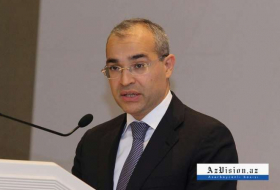Luisa Meque, chairperson of the National Disaster Risk Management Institute (INGD), said the storm has also left 500 people injured and destroyed around 35,000 homes in the northern provinces of Niassa, Nampula and Cabo Delgado, which have suffered massive destruction.
“Much as the storm has calmed down, there is a likelihood that the number of fatalities is going to rise, as we are still assessing the extent of the damage,” Meque said.
Around 2.5 million people are said to be affected by the cyclone, she added.
According to Louise Eagleton, UNICEF Country Representative in Mozambique, around 90,000 children have been “worst affected” by the cyclone.
“Almost in all the affected communities, there are growing numbers of affected children. These are children who are struggling to find sustenance and shelter. Children are bearing the blunt of the cyclone. The current situation in the country is heart-rending,” Eagleton said.
On Wednesday, the UN Office for the Coordination of Humanitarian Affairs (OCHA) disbursed $4 million in an emergency response to the cyclone.
In neighboring Malawi, according to the country’s Department of Disaster Management Affairs (DoDMA), the death toll has reached 13 and 45,000 people in five districts of the southern region have been rendered homeless.
On Dec. 15, Tropical Cyclone Chido made landfall in Mozambique, bringing strong winds, thunderstorms and heavy rainfall exceeding 250 millimeters (9.84 inches) in 24 hours. The cyclone then moved to Malawi.
AzVision.az
More about:
















































